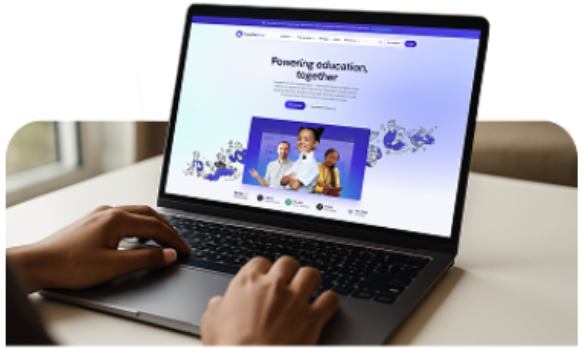A Q&A with Louise Pink, former primary school Headteacher
How did data influence your decision-making and leadership approach as a Headteacher?
Schools are absolutely awash with data – both quantitative and qualitative. Data drives all aspects of school improvement. Pupil data, for example, encompasses key characteristics such as Special Educational Needs and Disabilities (SEND) status, pupil premium eligibility, and free school meals, alongside academic outcomes. As school leaders, we must demonstrate that children are making good and accelerated progress from their starting points, particularly in core subjects like reading, writing, and mathematics.
The importance of data spans from early years assessments through to GCSEs and A-levels. While my expertise lies in primary education, I recognise that school leaders across all phases rely on data to inform decisions at multiple levels – from headteachers and assessment leads to phase leaders, subject leaders, and Special Educational Needs Coordinators (SENCOs). Attendance data, academic outcomes, and pupil demographics all intersect to shape school provisions and ensure that the best possible decisions are made for students.
Beyond internal data, schools benchmark against both national and local data. For example, my school used comparisons with similar institutions within our local authority while also aligning with national measures. Additionally, staff data plays a crucial role; teachers and other professionals are on their own journeys of professional development. Analysing patterns in both staff and student attendance can highlight correlations; for example, if a class has both high pupil absence and frequent staff changes, this could indicate a lack of stability that impacts student well-being and learning outcomes.
Another key use of data is tracking the impact of interventions. If a child is receiving phonics support, for example, their progress should be monitored through regular data collection. If we see a rapid improvement, the intervention is effective; if progress is slow or declining, we need to reconsider our approach.
What types of data are most valuable for driving school improvement? How can leaders strike a balance between data-driven decision-making and a human-centered approach?
Following the pandemic, staff and pupil well-being data have become increasingly significant. School leaders must ensure that teachers have the time and resources necessary to make informed, data-driven decisions. Attendance, for example, remains a major focus. Nationally, there is a push to return to pre-pandemic attendance levels, but achieving this requires a deep understanding of individual school contexts.
A human-centered approach means looking beyond the numbers. For example, in one of my schools, families often took informal seaside trips with their grandparents, resulting in frequent absences on Mondays and Fridays. Rather than simply enforcing attendance policies, we engaged parents in conversations about the value of consistent schooling. Many parents care deeply about their children’s education but may not fully understand the long-term impact of missed school days. Tailoring our approach – such as offering meetings in informal settings or using alternative ways to share attendance data – helped foster stronger parental engagement.
Similarly, working closely with teachers and support staff ensures that data isn’t viewed as a punitive tool but rather as a means to improve pupil outcomes. Teachers need to understand how data impacts not just individual pupils but also classroom dynamics. Gap analysis is critical: if a significant portion of a class struggles with a concept, we must determine whether the issue stems from prior knowledge gaps, a need for reteaching, or other underlying factors.
What are some of the most effective ways you’ve used data to improve pupil outcomes?
One of the most valuable aspects of data analysis is its ability to uncover specific learning needs. For example, in writing, if five students struggle with sentence construction, deeper analysis might reveal that two of them also have difficulty forming sentences verbally. This insight allows us to provide targeted support rather than applying a blanket intervention.
It’s also important to remember that data isn’t just about numbers. Two pupils may both score 20 out of 30 on a test, but their incorrect answers could be completely different. Understanding individual misconceptions allows teachers to tailor their instruction more effectively, ensuring that each child’s learning journey is personalised and impactful.
Like what you've read? Read Louise's next post in the series.
Read more: Engaging with parents and governors to better outcomes

